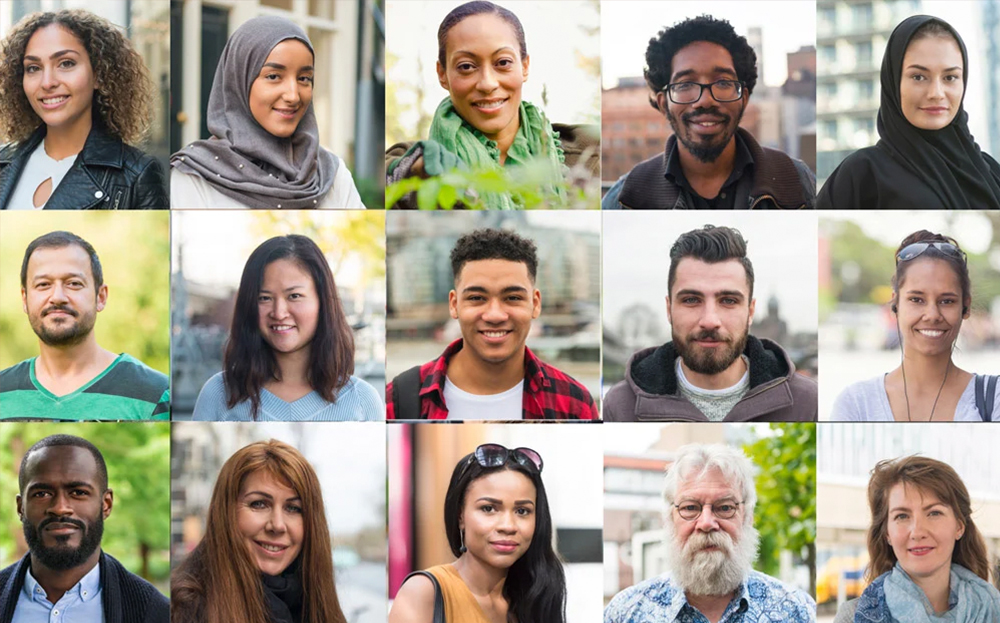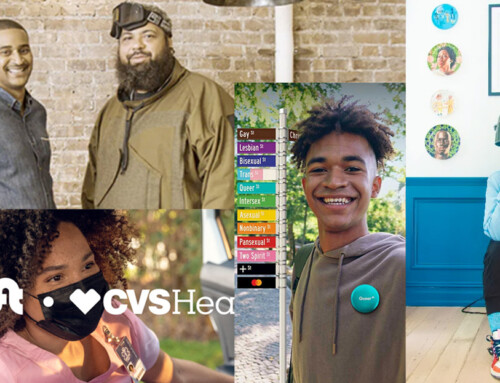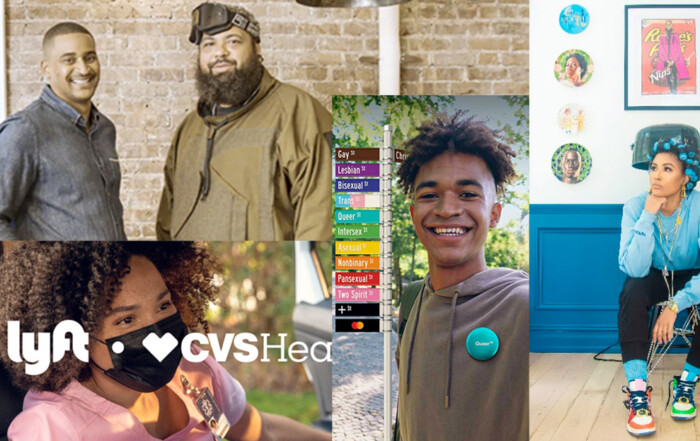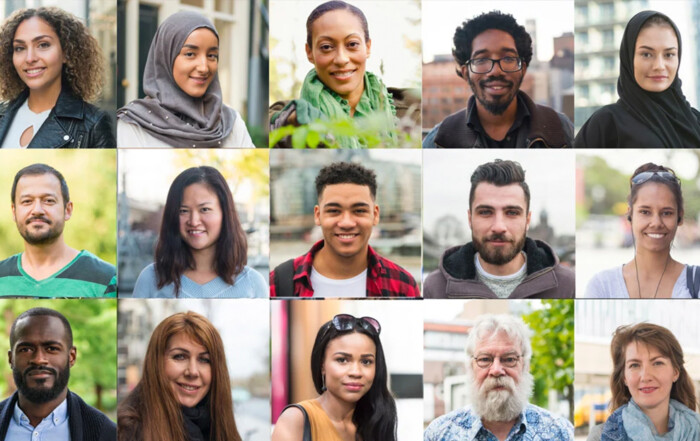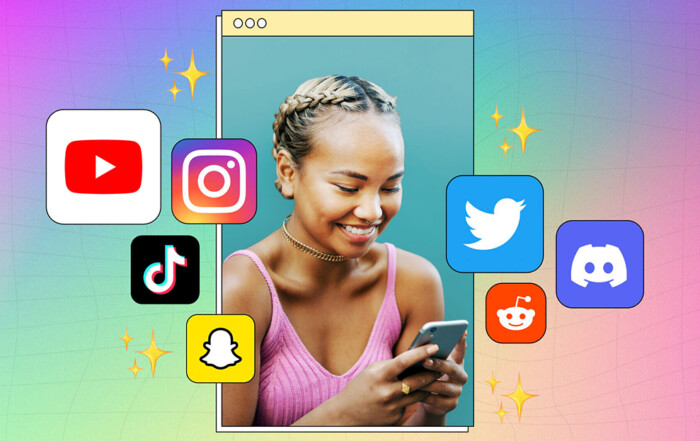How Intersectionality Is Changing the Face of Marketing and Advertising
Intersectionality, the concept that social categorizations such as race, class, and gender intersect and impact individuals’ experiences, has become increasingly relevant in marketing and advertising.
Consumers are demanding more from brands they support and seek companies that demonstrate an understanding of intersectionality. In addition, recent studies have confirmed that brands that understand and incorporate intersectionality in their marketing campaigns perform better than those that don’t.
For brands to become effective communicators, it’s essential to educate themselves on intersectionality, listen to their audience, and identify their own biases. In addition, brands must understand that individuals have multiple identities that interact and intersect, which shapes their experiences and perceptions.
To create meaningful relationships with customers, brands must take steps to address intersectionality in their marketing campaigns. Incorporating inclusive language and imagery that reflects diverse perspectives and experiences is vital. Brands that include diversity in their marketing strategies appeal to a broad range of consumers, expanding their market share and strengthening their customer base.
Understanding intersectionality can also provide brands with valuable insights into the needs and wants of their customers. By identifying the unique challenges individuals from underrepresented groups face, brands can create campaigns that resonate with their target audience, drive customer loyalty, and increase sales.
Brands must also take responsibility for the impact their campaigns have on society. It’s crucial to avoid perpetuating stereotypes and cultural appropriation. The use of harmful stereotypes can lead to alienating and offending customers, ultimately leading to reputational damage and financial loss.
To address intersectionality, brands must take a comprehensive approach, incorporating diverse perspectives into all marketing campaigns. This includes visuals, language, and the diversity of the team responsible for creating the campaign. Brands that prioritize diversity and inclusion within their organization foster an environment of creativity and innovation, ultimately resulting in better marketing campaigns.
As intersectionality continues to grow, brands must adapt and improve their understanding of this critical issue. By prioritizing diversity, inclusion, and a sense of intersectionality, brands can create meaningful relationships with their customers, expand their market share, and drive business growth.
As we continue to navigate a rapidly changing world, it’s more important than ever for brands to embrace intersectionality in their marketing strategies. At Story MKTG, we understand the importance of creating inclusive and culturally sensitive campaigns that resonate with diverse audiences. We’re committed to helping brands of all sizes and industries navigate this complex landscape and create marketing materials that reflect their audiences’ diverse experiences and perspectives.
Contact us to learn how we can help you build a more inclusive and effective marketing campaign.

